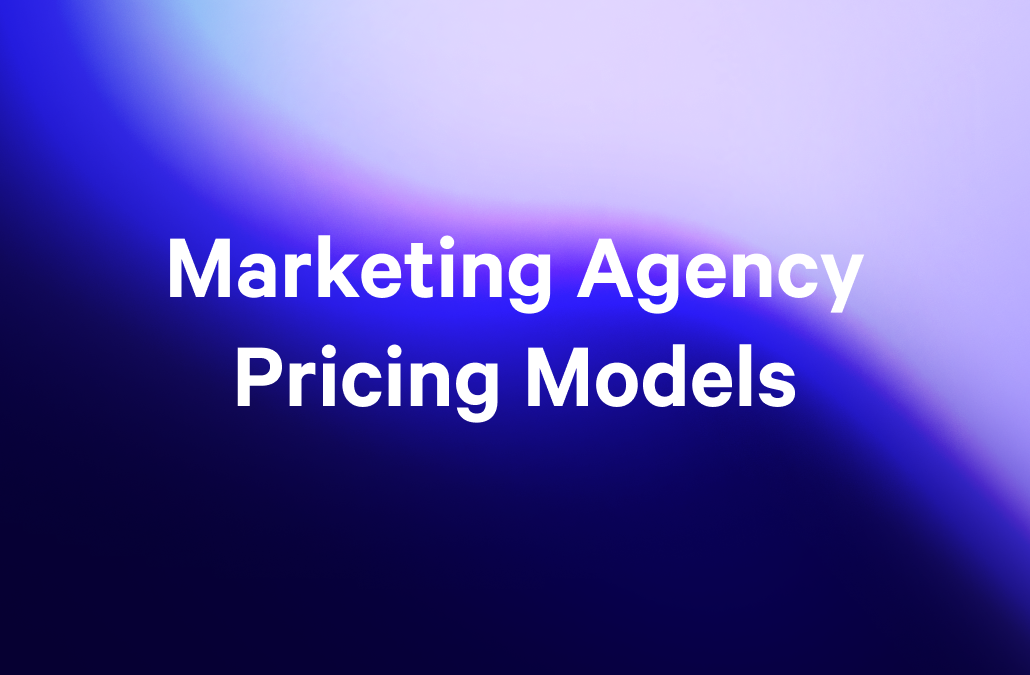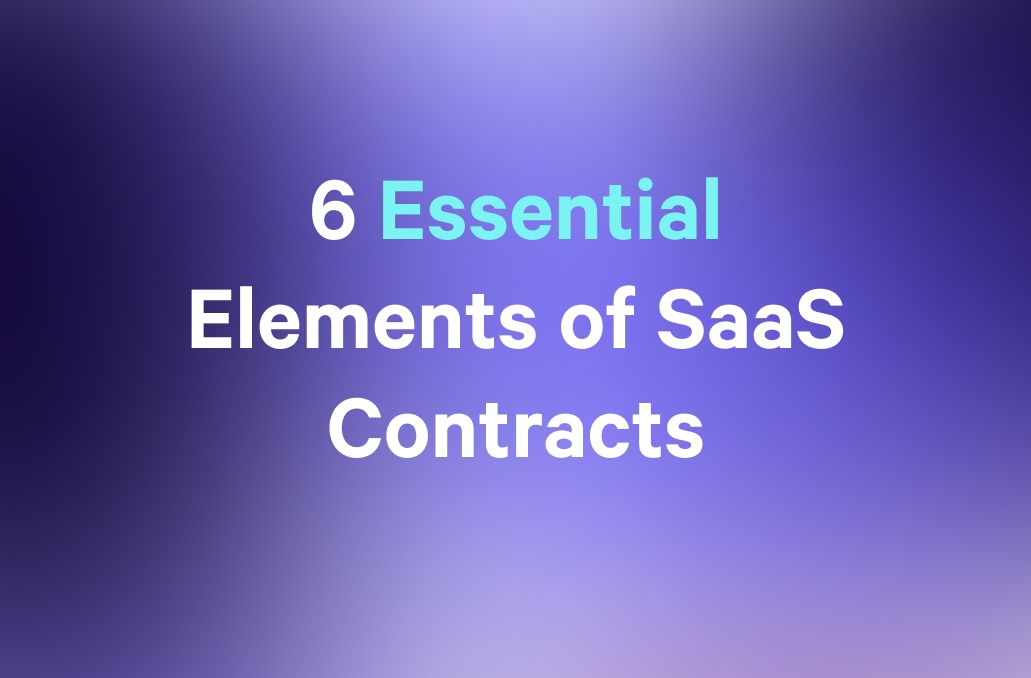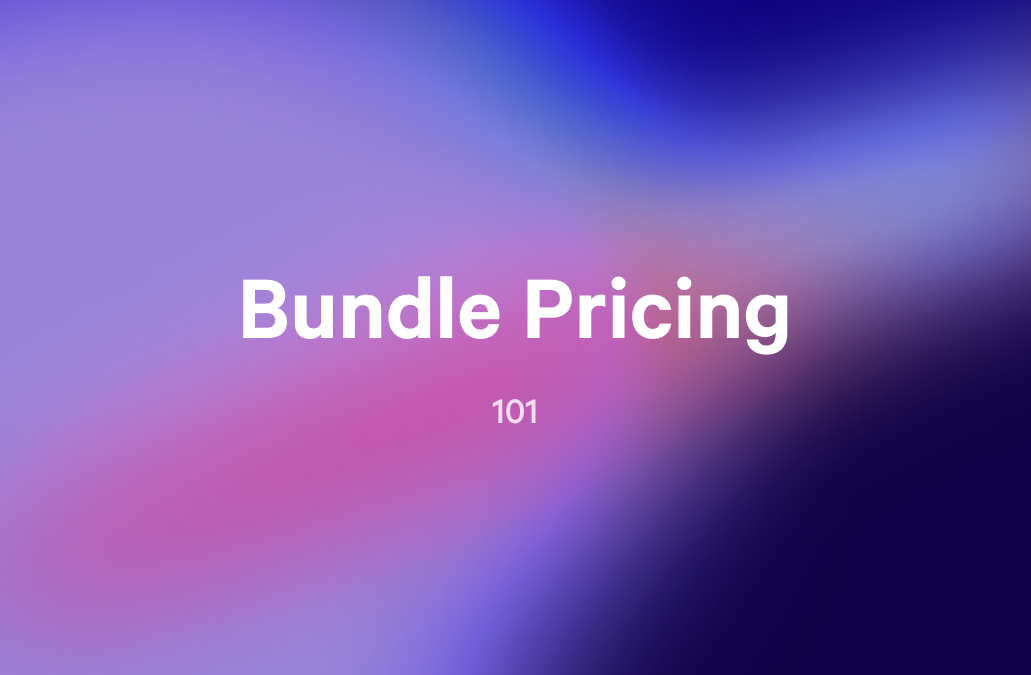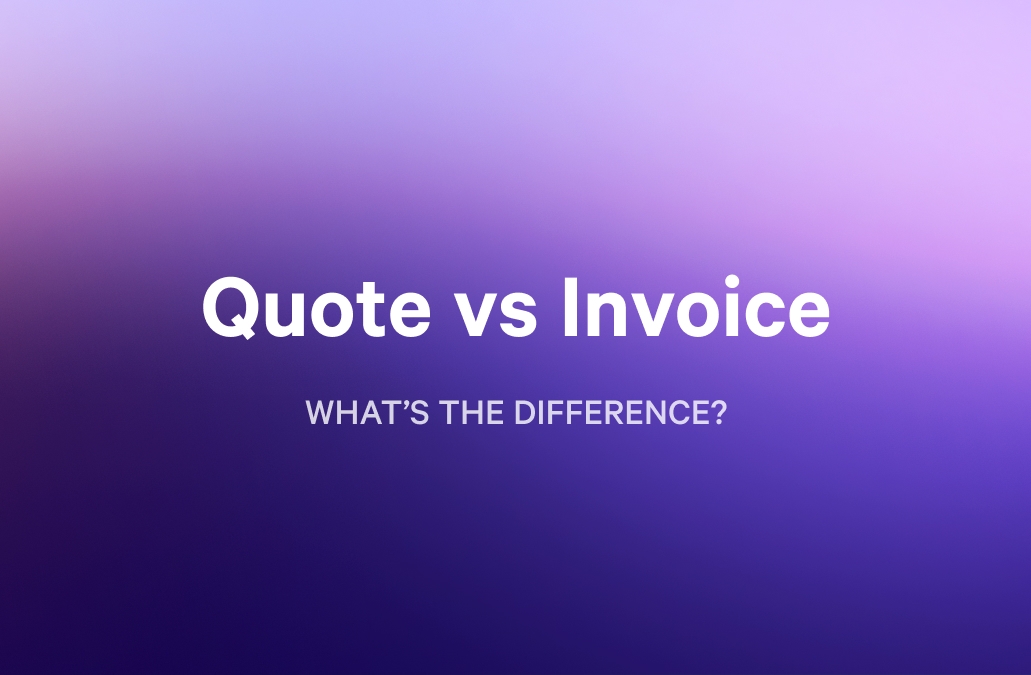Let’s be honest: SaaS sounds like a trendy brunch dish (“I’ll have the eggs benedict with a side of SaaS”) or maybe a Gen Z insult (“You’re acting real SaaS today”). But in reality, SaaS stands for Software as a Service, a business model that revolutionized how we consume and deliver software.
Today, SaaS powers everything from accounting platforms and CRMs to design tools and AI copilots. So yes, SaaS could mean “Sensible Apps Achieving Scalability,” but more importantly, it’s a modern miracle of accessibility, agility, and recurring revenue.
Key takeaways:
- SaaS pricing is about value over time: It charges for ongoing outcomes, not one-time access.
- Different models fit different needs: Flat-rate, tiered, usage-based, freemium, and hybrids each serve different customer types.
- Know your value metric and segments: Good pricing starts with what users value and who they are.
- Clarity and iteration drive success: Clear upgrade paths, smart psychology, and regular testing are essential.
Types of SaaS pricing models
The SaaS industry has matured significantly over the last decade, and with it, so have pricing strategies. Companies are no longer confined to simplistic tiered pricing. A wide spectrum of models now exists, each with its own advantages and pitfalls, depending on your product, customer base, and business model.
Flat-rate pricing
Flat-rate pricing offers one product, one set of features, and one price. It’s a simple and intuitive model that’s easy to communicate and easy for customers to understand. However, this simplicity often comes at the cost of flexibility and limits your ability to capture value from different user segments.
Pros:
- Easy to understand and manage
- Great for early-stage products with a single feature set
Cons:
- Lacks scalability for different customer needs
- Can underprice heavy users and overprice light users
Tiered pricing
Tiered pricing is one of the most commonly used models. It allows businesses to group features into tiers and charge progressively more as customers move up. This model balances simplicity with customization.
Best used when:
- Your customers fall into distinct usage or value segments
- You want to encourage upgrades

Per-user pricing
A favorite among collaboration and productivity tools, per-user pricing is straightforward: the more users you have, the more you pay. It scales linearly with team size.
Consider this model if:
- Your product’s value increases with more users (e.g., Slack, Zoom)
- Usage scales with team growth
Challenges include seat-sharing and incentivizing account consolidation to avoid extra charges.
Usage-based pricing (Pay-as-you-go)
This model charges based on actual usage—number of API calls, messages sent, storage used, etc. It’s highly flexible and aligns cost with value, which is attractive to developers and finance-conscious teams.
Key advantage: Customers pay only for what they use. Downside: Predictability becomes a challenge for both the customer and your finance team.
Qwilr’s optional add-on blocks are ideal for usage-based pricing, as they let customers see and configure pricing in real-time based on their expected volume or usage profile.
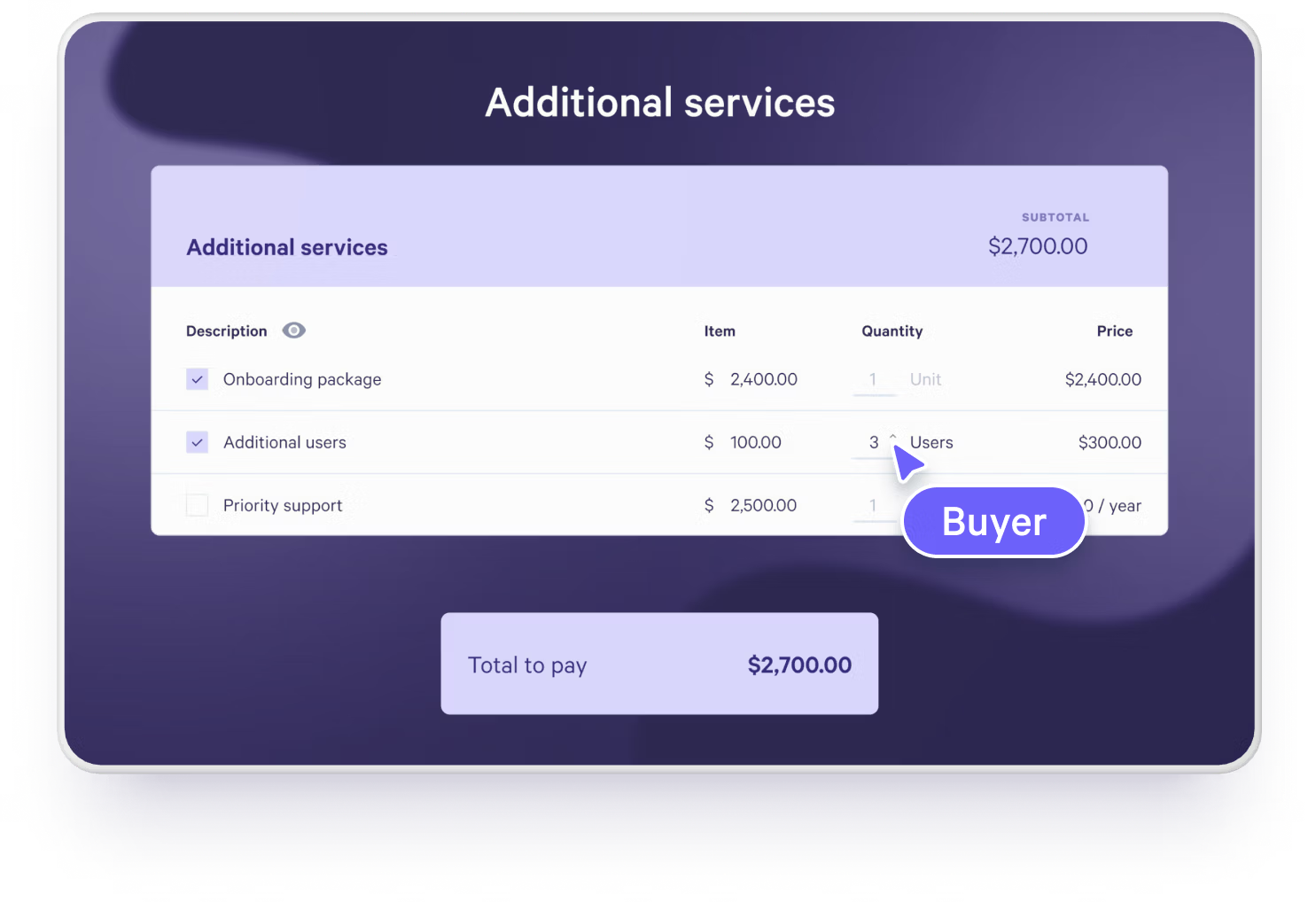
Freemium
Freemium models offer a basic product for free with the hope of converting users to paid plans over time. This model supports viral growth and can lower acquisition costs, but requires a solid upgrade path and robust value triggers.
Risks include:
- Support strain from non-paying users
- Monetization difficulties if upgrade paths aren’t compelling
Ramp pricing
Ramp pricing is an increasingly popular strategy for enterprise and mid-market SaaS sales. Rather than charging the full contract value upfront, this model gradually increases pricing over time—typically aligned with customer onboarding, product adoption, or ROI realization. It’s designed to lower the initial barrier to entry and grow revenue as the customer sees more value.
Think of it as a more strategic handshake. You’re giving customers room to grow into the product, while still locking in long-term revenue potential.
Pros:
- Reduces friction in high-value sales cycles
- Matches pricing with customer value realization
- Encourages customer longevity and stickiness
Cons:
- Complex to model and communicate without the right tools
- Revenue recognition can be more complicated
- May require strong sales alignment to negotiate terms
Hybrid models
Many SaaS companies blend multiple models: a freemium base, tiered plans with usage-based add-ons, and enterprise custom quotes. These hybrid approaches allow more nuanced value capture.
The good news: You can build smart, adaptive proposals with Qwilr
In B2B sales, especially when hybrid pricing is involved, static PDFs just don’t cut it. Qwilr helps sales teams create interactive, quote-ready documents that showcase complex pricing structures in a clear, engaging way.
Whether you’re combining subscriptions, usage tiers, and custom add-ons, Qwilr’s dynamic pricing and quote blocks make it easy to present everything in one polished proposal.
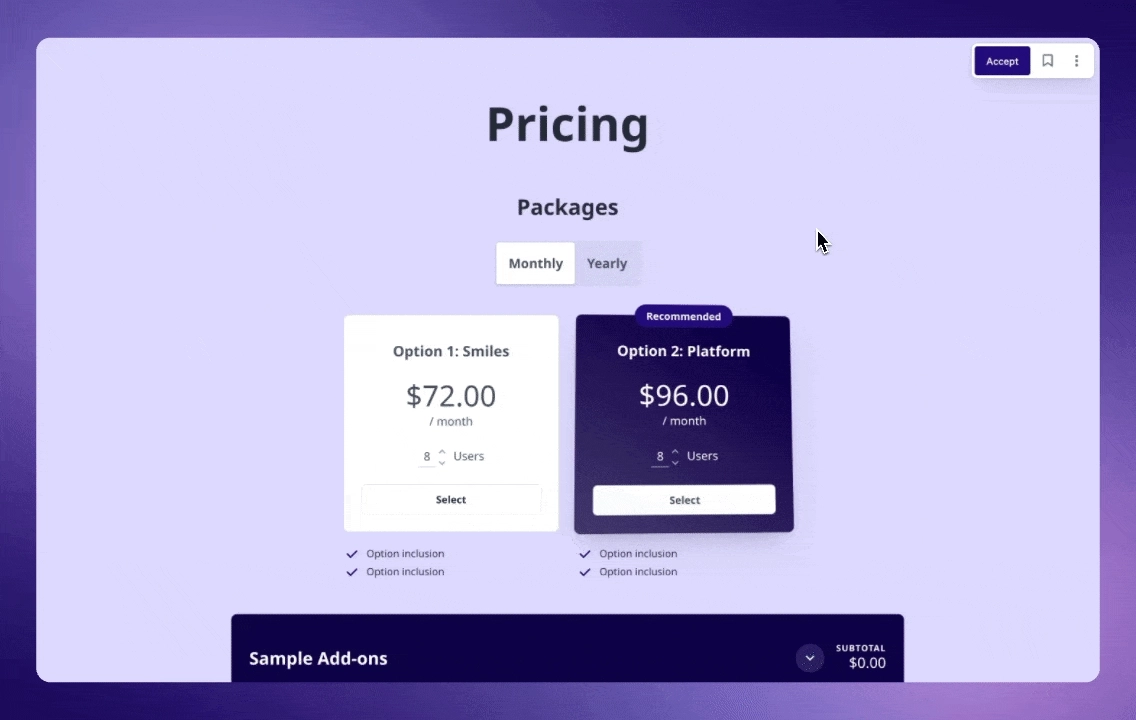
In case you were wondering, here’s how to build a hybrid-pricing proposal with Qwilr:
- Start with a template: Include all relevant pricing types - flat rate, usage-based, add-ons, etc.
- Use the quote block: Add interactive pricing with toggles, sliders, and real-time totals.
- Keep it visual: Use tables, icons, and layout tools to make pricing easy to scan.
- Add optional line items: Let buyers select extras: like support plans or onboarding—on their own.
- Personalize fast: Customize with deal-specific fields: no heavy editing required.
- Send & track: See what prospects view, click, and revisit in real time.
- Sign & close: Prospects can sign directly in the proposal, no back-and-forth.
- Collect payment: With QwilrPay, clients can now make payment directly within the proposal.
How does SaaS pricing work?
SaaS pricing is fundamentally different from pricing physical goods or traditional licenses. You're not just charging for access to a product: you’re charging for ongoing value, efficiency, outcomes, and sometimes even transformation.
Read next: SaaS sales methodology guide
1. Recurring revenue models
Most SaaS businesses operate on subscription-based pricing. This shifts the revenue model from one-time transactions to recurring billing (monthly, quarterly, annually). The advantage is predictable cash flow, but it also means you need to constantly prove value to avoid churn.
2. Customer lifetime value (LTV)
Your pricing should reflect not just the initial conversion but the full expected lifetime value of a customer. SaaS success often hinges on:
- High retention
- Consistent expansion (e.g., upsells, add-ons)
- Strong referral loops
3. Churn and retention sensitivity
In SaaS, customer acquisition costs (CAC) are high, so retaining customers is critical. Your pricing model should incentivize long-term usage rather than short-term transactions. Poor pricing clarity, surprise fees, or value misalignment can cause churn, even if your product is great.
4. Expansion revenue through upgrades
Great SaaS pricing is designed to grow with the customer. Whether it's through per-seat pricing, new modules, or feature-based expansion, revenue should increase as users see more value.
What makes SaaS pricing models different from other pricing models?
SaaS pricing has unique characteristics that distinguish it from traditional software or physical goods. Understanding these differences is key to pricing effectively.
Continuous value delivery
Unlike traditional products where value is delivered upfront (e.g., buying a car), SaaS delivers value over time (AKA in it for the long run!). This creates a dynamic relationship where the customer expects ongoing innovation, support, and reliability. Pricing models must reflect this continuous exchange.
Service integration
SaaS is not just software, it's a service. Updates, maintenance, security, customer success, and support are all bundled in. Pricing needs to account for this, particularly in enterprise environments where SLAs, onboarding, and integrations are significant value-adds.
Low marginal cost
The cost to serve one additional user in SaaS is often negligible. This allows for highly scalable pricing strategies, but also requires smart segmentation to avoid under-monetizing heavy users.
Qwilr enables sales teams to build proposals that communicate these nuanced layers of value: support levels, security compliance, and onboarding timelines - all within a visually engaging, interactive format.
Use collapsible sections to keep the layout clean, add visual timelines to show onboarding phases, and embed rich media (like demo videos or case studies) to reinforce your message.
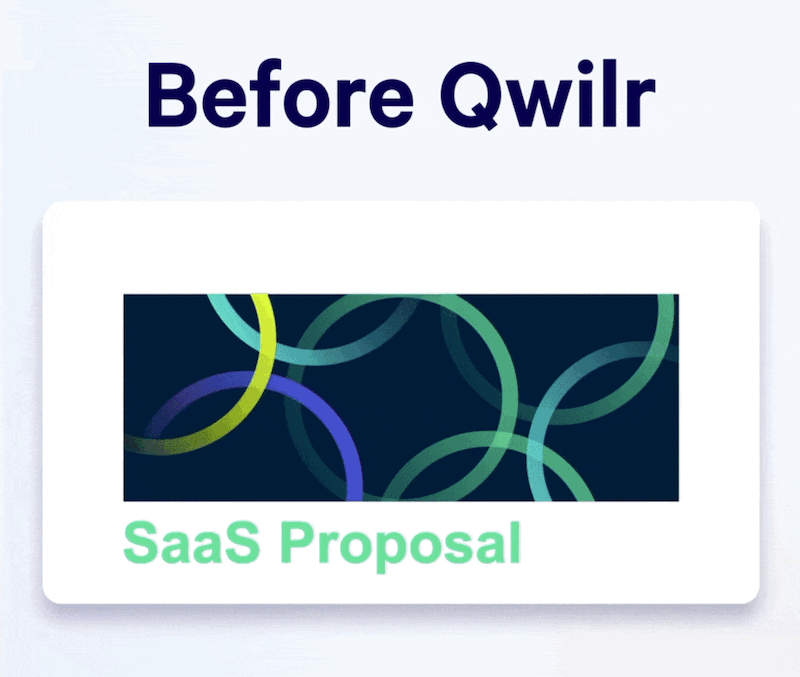
Need for flexibility and iteration
SaaS pricing is never static! You’ll need to iterate as your product evolves and new customer segments emerge. What worked at $1M ARR may not work at $10M.
What’s an article without a recap table? Pricing structures versus SaaS pricing structures in short:
| Standard Pricing Structures | SaaS Pricing Models |
|---|---|
Broad category used across all industries | Specific to software-as-a-service businesses |
Includes physical goods, consulting, services | Designed for subscription-based digital products |
Examples: flat rate, hourly, bundled | Examples: per-user, freemium, usage-based |
Focus is often on margin and cost-based pricing | Examples: per-user, freemium, usage-based |
How to choose the right pricing model for your SaaS business
Choosing the right pricing model isn’t a matter of copying competitors or following trends. It requires a deep understanding of your product’s value, customer segments, competitive positioning, and long-term business strategy. Here’s how to approach it with precision:
Step 1: Define your value metric
Your value metric is the core unit that customers associate with the value they receive from your product. This could be gigabytes of storage, the number of users, projects created, transactions processed, etc.
An ideal value metric:
- Reflects the customer’s success using your product
- Scales with product usage or growth
- Is easy for the customer to understand and measure
For example, a document automation tool might use "documents sent" as a value metric. If the customer scales operations, the cost grows with their success.
Step 2: Segment your customer base
Understanding your customer personas helps tailor pricing models that fit varying needs. Small startups may be price sensitive and require fewer features, while enterprises may demand custom SLAs, onboarding, or integrations.
Segment by:
- Company size
- Use case
- Industry vertical
- Maturity level
Step 3: Map pricing to product strategy
Your pricing should reflect your strategic goals:
- Market penetration: Consider freemium or low-entry pricing to drive volume.
- Revenue maximization: Use tiered or usage-based pricing to align with value.
- Enterprise expansion: Offer custom or hybrid pricing models to handle complex needs.
Step 4: Test, learn, iterate
There’s no perfect pricing model - only one that works well for now. Use cohort analysis, win/loss reports, and proposal analytics to test pricing performance.
SaaS pricing best practices for businesses
Even with the right model, execution matters. Here are detailed best practices that top SaaS businesses use to stay competitive:
Create clear upgrade paths
Make it easy for customers to move from basic to advanced tiers. Each jump should unlock clear value: more automation, better analytics, enhanced support.
Avoid creating dead zones where no tier feels right. Structure pricing so upgrades feel like a natural extension of growth.
Use psychological pricing principles
Use the psychology of sales to guide you. Consider:
- Anchoring: Introduce a premium tier to make mid-tiers look affordable.
- Decoy effect: Offer a non-compelling option that pushes users toward the plan you want them to choose.
- Charm pricing: Use $99 instead of $100 to subtly influence perception.
Include value justification in every touchpoint
Pricing pages and proposals should explain why your product costs what it does. Include:
- ROI calculators
- Customer testimonials
- Case studies with quantified results
For those not wanting to reinvent the wheel, Qwilr allows embedding of videos, images, ROI sliders, and testimonials to make each proposal feel like a business case, not just a quote.

Minimize friction in the buying process
Make it easy to purchase. Remove surprise fees, clarify terms, and simplify the sign-up process.
Qwilr's eSignature and payment tools allow customers to accept, sign, and pay, all within a single proposal document.
Review pricing quarterly
The market shifts fast. Review pricing every 3–6 months to ensure it matches:
- Customer expectations
- Competitor positioning
- Feature additions or changes
Advanced insights
To go beyond the basics, consider advanced pricing strategies that enable innovation and long-term differentiation.
Outcome-based pricing
Charge based on what your product helps the customer achieve (e.g., revenue generated, time saved, leads captured).
Pros:
- Deep alignment with customer success
- Clear ROI justification
Cons:
- Harder to implement and track
- Risk of disputes if outcomes are subjective
Usage forecasting and predictive pricing
Build predictive models based on historical usage to offer proactive upgrades or discounts.
This requires:
- Robust analytics infrastructure
- Customer data segmentation
- Feedback loops from support/success teams
Geo-sensitive pricing
Adjust pricing based on region, cost of acquisition, or perceived value. Emerging markets might respond better to lower entry points.
Consider legal and currency implications, and always communicate pricing adjustments transparently.
Dynamic pricing experimentation
Test different pricing in different channels or during different periods. A/B test pricing page layouts or CTA placements.
Use these learnings to:
- Optimize conversion rates
- Identify best-performing pricing tiers
- Tailor packages for specific buyer personas
Before the session ends: The SaaS pricing questions checklist
Pricing isn’t a set-it-and-forget-it thing. It’s a living, evolving part of your go-to-market strategy, and it deserves regular checkups. Before you dive into your next product launch or revenue forecast, ask yourself these five questions:
1. Do you have a clearly defined value metric?
If your pricing isn’t tied to how customers perceive value (users, documents sent, storage used), you’re leaving money and retention on the table. The best pricing grows with your customer.
Tip: If your customers keep saying “I love this, but I don’t use that much,” your value metric might be off.
2. Are your pricing tiers aligned with real customer segments?
Do your tiers reflect how different customers use your product? Or are they just evenly spaced guesses? Great tiering creates natural upgrade paths and keeps your product relevant as customers scale.
Tip: “Good / Better / Best” only works if each level delivers distinctly more value, not just more features.
3. Is your upgrade path obvious and valuable?
Customers shouldn’t need a decoder ring to understand what they get when they upgrade. Make it painfully clear what they’re unlocking: more power, better support, or time-saving automation.
Tip: Avoid dead zones. If a user outgrows Tier 1 but doesn’t see enough value in Tier 2, they’ll churn before they convert.
4. Are you tracking LTV and CAC regularly?
Your pricing doesn’t just affect revenue - it affects profitability. If you’re not keeping tabs on how much it costs to win a customer (CAC) versus what they’re worth long term (LTV), your growth engine might be leaking fuel.
Rule of thumb: Aim for an LTV:CAC ratio of at least 3:1. If it’s lower, you’ve either got a pricing problem or a retention one.
5. Have you run a pricing experiment in the last 6 months?
No pricing model is perfect forever. SaaS businesses evolve fast. New features, new ICPs (new idea customer profile), new competitors. If you haven’t tested, tweaked, or validated your pricing lately, you’re probably leaving revenue on the table.
Tip: Even a small A/B test on plan names, price points, or page layout can surface big insights.
If you answered “no” to more than two of these, don’t panic, just repeat. Pricing isn’t a math problem. It’s a growth lever. The more you tune it, the more value you can unlock for your customers and your bottom line.
That’s a SaaS wrap
The most successful SaaS businesses treat pricing as a growth lever: testing, analyzing, and improving over time.
Above all, remember: the right pricing model doesn’t just capture revenue, it communicates value. When your pricing tells a compelling story, your customers won’t just buy your product - they’ll believe in it. (Cute)
With Qwilr, you can make your pricing strategy tangible. From ROI-based interactive proposals to segment-aware templates, Qwilr helps SaaS teams pitch pricing with confidence, clarity, and conversion in mind. You’ll see for yourself when you sign up for a free trial.
About the author

Dusty Martin|Revenue Operations Manager, Qwilr
Dusty is Qwilr's Revenue Operations Manager, working with a distributed sales team to drive revenue in the most efficient way possible.


